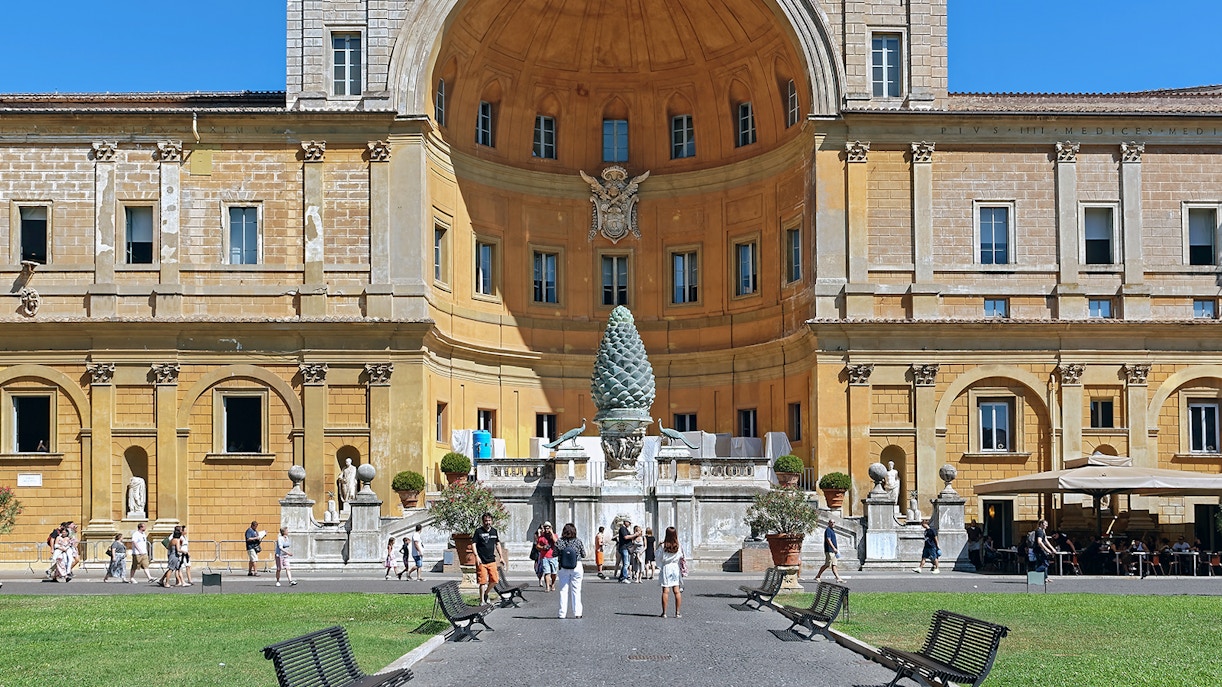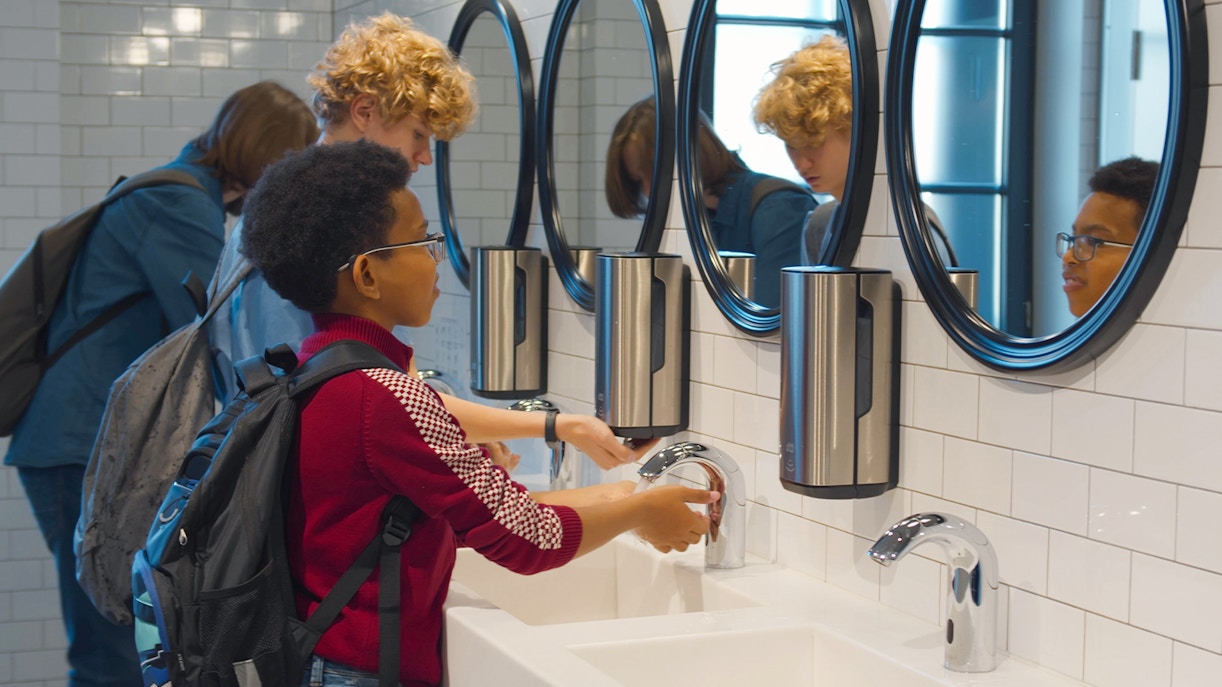Guided tours
If there’s one place where a guided tour is worth every cent, it’s the Vatican Museums:
- With over 50 galleries and 20,000+ artworks on display, it’s nearly impossible to grasp the highlights—or even find them—without context. A guide helps you cut through the noise and focus on the masterpieces that matter.
- From Michelangelo’s personal struggles in the Sistine Chapel to secret messages in Raphael’s frescoes, guides bring hidden layers to life in a way no audio guide or placard can.
Skip-the-line = Skip-the-stress
- General admission lines at the Vatican Museums often stretch 1–2 hours, especially mid-morning and during peak season. A skip-the-line ticket lets you bypass these queues and enter via a fast-track entrance, cutting your wait to just 15–20 minutes—even on the busiest days—so you can spend more time inside the galleries and less time outside in line.
- What does this mean? You save up to 90 minutes or more, leaving you enough time to linger longer at the Raphael Rooms, grab a coffee at the courtyard café, or even make it to St. Peter’s Basilica before the crowds arrive.






















